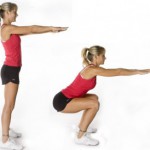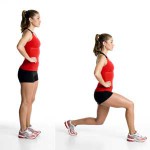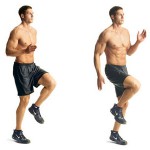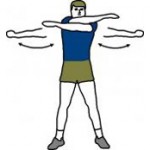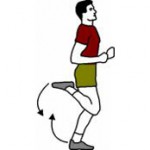Tired of eating the same thing for lunch or dinner? Numerous people “meal prep” for their up-coming week, but often have the same chicken breast recipe for every meal. Here are a couple of different recipes to help you spice up those boring meals.
Chicken:
- Lemon Dill Chicken: www.bettycrocker.com/recipes/lemon-dill-chicken/365f393d-1e02-42f3-b6e3-2a2f20d46e00
- Greek Salsa Chicken: www.sweetpeaskitchen.com/2011/02/greek-salsa-chicken/
- Baked Lemon Herb Chicken: www.andicakes.com/2011/01/07/baked-herb-lemon-chicken/
- Honey Lime Grilled Chicken: http://ultimatepaleoguide.com/honey-lime-grilled-chicken/
- Balsamic Chicken: http://m.allrecipes.com/recipe/103144/balsamic-chicken
Tilapia:
- Tilapia Tacos with Peach Relish: http://www.myrecipes.com/m/recipe/tilapia-tacos-with-peach-relish-10000001215932/
- Cornmeal-Crusted Tilapia Salad: www.tastebook.com/recipes/1431499-Cornmeal-Crusted-Tilapia-Salad
- Sautéed Tilapia with Lemon-Peppercorn Pan Sauce: www.food.com/recipe/sauteed-tilapia-with-lemon-peppercorn-pan-sauce-230559
- Broiled Tilapia with Tomato-Caper Salsa: www.skinnytaste.com/2009/03/broiled-tilapia-with-tomato-caper-sauce.html?m=1
- Skillet Fillets with Cilantro Butter: http://www.myrecipes.com/m/recipe/skillet-fillets-with-cilantro-butter-10000001142036/
Shrimp:
- Shrimp with Mango & Basil: http://www.eatingwell.com/recipes/shrimp_with_mango_basil.html
- Salt & Pepper Shrimp: www.bhg.com/recipe/quick-roasted-salt-and-pepper-shrimp/
- Pesto Grilled Shrimp: www.skinnytaste.com/2012/07/grilled-pesto-shrimp-skewers.html?m=1
- Honey Lime Shrimp: www.food.com/recipe/honey-lime-shrimp-507167
Christine Burns ~Blogistics!
